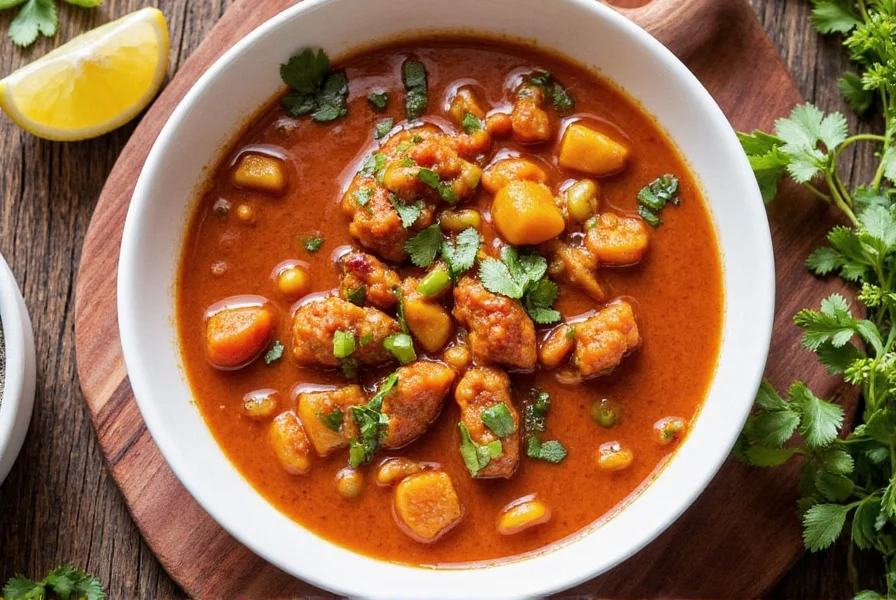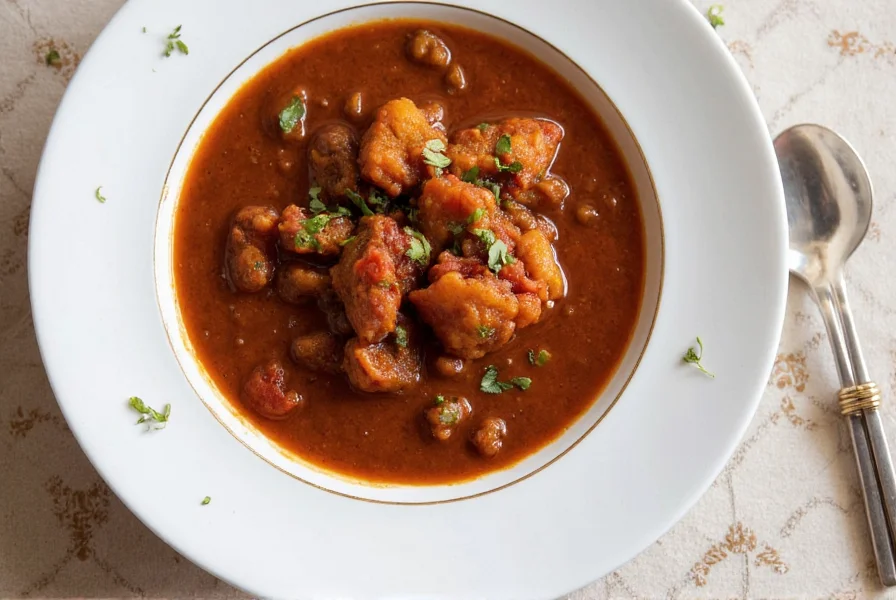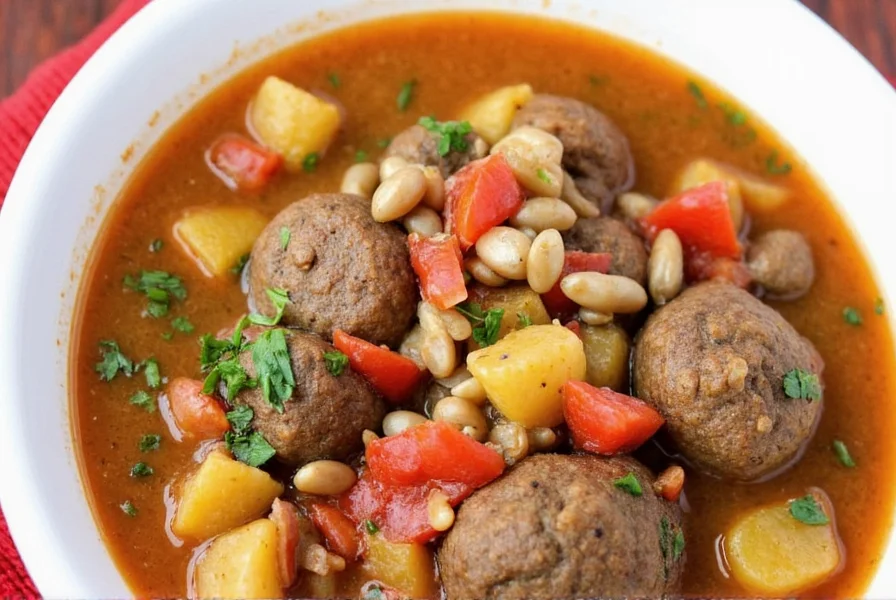Peruvian Stew: A Flavorful Journey Through Spice, Tradition, and Soul-Warming Comfort
If you’ve ever tasted a dish that instantly transports you to another place—somewhere warm, colorful, and full of life—you know the magic of Peruvian stew. This isn’t just comfort food; it’s a symphony of flavor, culture, and culinary craftsmanship.
In this deep dive into the world of Peruvian stews, we’ll explore everything from traditional recipes to modern twists, the spices that define them, and how to bring these bold flavors into your own kitchen.
Table of Contents
- What Is Peruvian Stew?
- The Spice Profiles That Define It
- Regional Variations Across Peru
- How to Make Your Own Peruvian Stew
- Buying Guide for Authentic Ingredients
- Serving Suggestions & Pairings
- Modern Twists on Classic Recipes
- Conclusion
What Is Peruvian Stew?
The term "peruvian stew" encompasses a wide variety of slow-cooked dishes found throughout the Andes and coastal regions of Peru. These stews often feature a base of potatoes, meats (like beef, chicken, or alpaca), and a medley of native spices and vegetables.
One of the most iconic examples is Ajiaco, a hearty stew known for its complex use of chilies, particularly the yellow aji amarillo pepper. Another famous dish is Cabrito al Horno con Guiso, which pairs roasted goat with a savory, spiced stew.
The Spice Profiles That Define Peruvian Stew
Spices are the heartbeat of Peruvian stew. Unlike other cuisines that rely heavily on salt or sugar for depth, Peruvians masterfully layer heat, acidity, and earthiness using natural spices.
| Spice | Flavor Profile | Common Usage |
|---|---|---|
| Aji Amarillo | Fruity, moderately hot | Base for sauces and stews |
| Paprika | Sweet, smoky | Color and mild warmth |
| Cumin | Earthy, nutty | Meat marinades and soups |
| Oregano | Bitter, herbal | Used fresh or dried in broths |
| Cinnamon | Warm, sweet-spicy | Added to dark stews for complexity |
Pro Tip: Building Layers of Flavor
- Start with onions and garlic sautéed in oil.
- Add spices before adding liquids to bloom their oils.
- Simmer slowly to develop depth.
Regional Variations Across Peru
Peru’s diverse geography means its stews vary dramatically from region to region:
| Region | Dish | Main Ingredients | Flavor Notes |
|---|---|---|---|
| Andes | Chupe de Camarones | Shrimp, potatoes, milk, aji | Creamy and mildly spicy |
| Jungle | Stew with Plantains | Plantains, cassava, fish | Tropical, aromatic |
| Coastal | Cabrito con Patatas | Goat meat, potatoes, chili | Hearty, rustic |

How to Make Your Own Peruvian Stew
Making a Peruvian stew at home can be both simple and deeply rewarding. Here's a beginner-friendly recipe for Ajiaco-style Stew:
Ingredients
- 1 lb chicken thighs
- 3 medium Yukon Gold potatoes
- 1 onion, chopped
- 2 cloves garlic
- 2 aji amarillo peppers (or substitute with habanero + paprika)
- 1 tbsp ground cumin
- 1 tsp oregano
- 4 cups chicken broth
- 1 cup corn kernels
- Salt and pepper to taste
Instructions
- Sauté onion, garlic, and spices until fragrant.
- Add chicken and brown lightly.
- Blend aji amarillo with some broth and add to pot.
- Bring to a boil, then simmer for 30–40 minutes.
- Add potatoes and corn near the end of cooking.
Buying Guide for Authentic Ingredients
To truly capture the essence of peruvian stew, sourcing the right ingredients matters. Here’s what to look for:
| Product | Features | Best For | Recommended Brands |
|---|---|---|---|
| Aji Amarillo Paste | Concentrated flavor, ready-to-use | Quick meals, sauces | Don Julio, Inca Foods |
| Peruvian Cumin | Roasted and aromatic | Meat dishes, soups | María India, La Costeña |
| Yellow Corn Kernels | Natural sweetness, firm texture | Stews, sides | Mayca, Amira Organics |
| Quinoa | High-protein grain | Healthy additions | Andean Dream, Royal Quinoa |
Where to Buy
- Local Latin Markets – Most reliable for fresh and authentic items.
- Amazon Pantry / Walmart Online – Great for quick delivery.
- Specialty Spice Shops – Ideal for high-quality spices.
Serving Suggestions & Pairings
Peruvian stew shines when paired thoughtfully. Consider these combinations:
- Lima Beans – Adds texture and protein.
- White Rice – Balances rich, spicy stews.
- Lime Wedge – Brightens up every bite.
- Huacatay Sauce – A minty black paste that complements many dishes.
Modern Twists on Classic Recipes
Chefs around the globe are reinventing peruvian stew with contemporary flair. Some popular reinterpretations include:
- Vegetarian Ajiaco – Sub chicken with jackfruit or mushrooms.
- Coconut Milk Version – For a creamy, tropical twist.
- Peruvian Stew Tacos – Fill small tortillas with stew and top with queso fresco.

Conclusion
Whether you're a long-time lover of Latin cuisine or just discovering the wonders of peruvian stew, there’s no denying its power to nourish both body and soul. With its layered spices, comforting textures, and cultural richness, this dish is more than a meal—it’s a story told through flavor.
So grab your pot, gather your spices, and let the aroma of Peruvian tradition fill your home. ¡Buen provecho!











 浙公网安备
33010002000092号
浙公网安备
33010002000092号 浙B2-20120091-4
浙B2-20120091-4